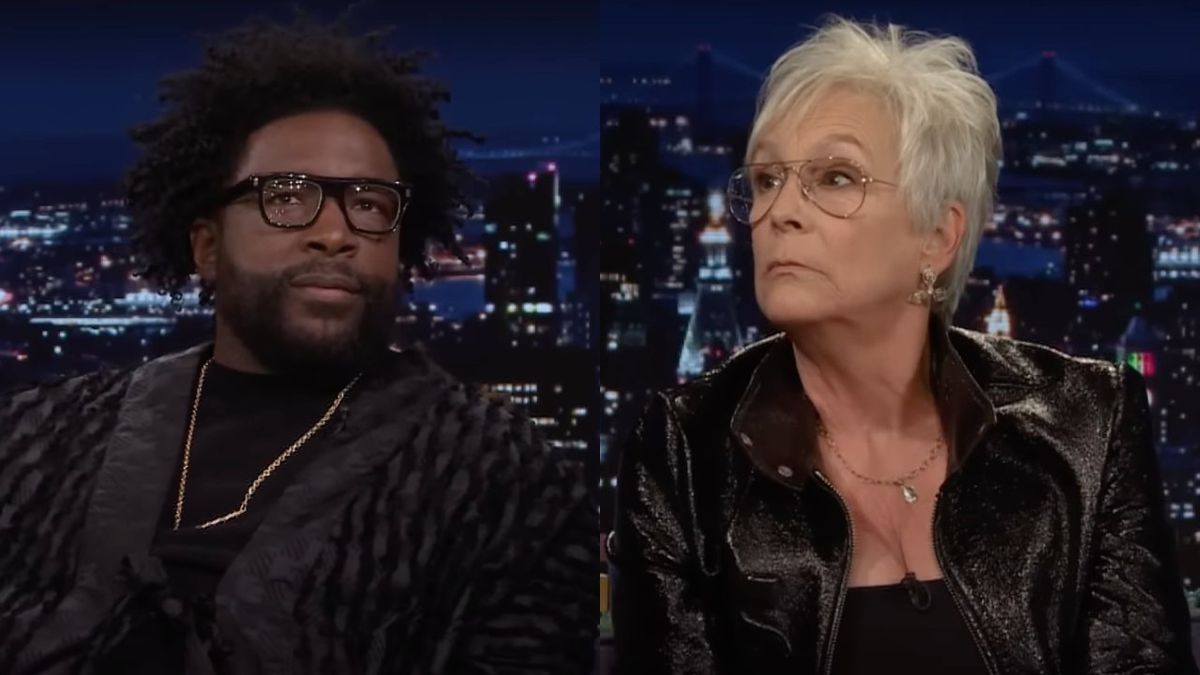MINNEAPOLIS (Reuters) – Minnesota’s governor activated the National Guard on Thursday to help restore order following two days of violent protests in Minneapolis over the death of a black man seen in graphic video gasping for breath as a white officer knelt on his neck.
Governor Tim Walz ordered Guard troops to assist police as local, state and federal law enforcement officials sought to ease racial tensions sparked by Monday night’s fatal arrest of George Floyd, 46.
Four city police officers involved in the incident, including the one shown pressing his knee into Floyd’s neck as he lay on the ground, were fired from their jobs the next day.
At a morning news briefing, Police Chief Medaria Arradondo apologized to Floyd’s family, conceding his department had contributed to a “deficit of hope” in Minnesota’s largest city even before Floyd’s deadly encounter with police.
“I am absolutely sorry for the pain, devastation and the trauma that Mr. Floyd’s death has left on his family, his loved ones and our community,” he said.
Hours later, officials overseeing investigations from the U.S. Justice Department, FBI, Minnesota Bureau of Criminal Apprehension and local prosecutors appealed for calm at a joint news conference, as they gathered evidence.
“Give us the time to do this right, and we will bring you justice, I promise you,” Hennepin County Attorney Mike Freeman told reporters. He acknowledged the policeman’s conduct depicted in the video was “horrible,” but said, “My job is to prove that he has violated a criminal statute.”
Freeman said his office had also reached out to veteran civil rights activist Jesse Jackson for help in conveying the message that law enforcement takes the case seriously.
Minnesota’s U.S. attorney, Erica McDonald, pledged a “robust and meticulous investigation into the circumstances surrounding” Floyd’s arrest and death.
The investigation, which Attorney General William Barr had designated a “top priority,” will focus on whether the arresting officers used the “color of law” to deprive Floyd of his civil rights, a federal crime, she said.
The announcement capped two days of unrest in which riot police firing tear gas and rubber bullets clashed with rock-throwing protesters who filled the streets in an outpouring of rage over Floyd’s death.
Floyd, a Houston native known affectionately to friends as “Big Floyd” and who had worked as a nightclub security staffer, was reportedly suspected of trying to pass counterfeit money when police took him into custody.
‘I CAN’T BREATHE’
An onlooker’s video of the arrest showed Floyd lying face down on the street, gasping for air and repeatedly groaning for help as he pleaded, “Please, I can’t breathe.” The officer pinned Floyd’s neck to the ground for about eight minutes, until he grew still. He was pronounced dead at a hospital a short time later.
A second night of disturbances on Wednesday, punctuated by looting, vandalism and arson, began hours after Mayor Jacob Frey urged local prosecutors to file criminal charges in the case.
Most protesters had been peaceful, while a core group engaged in unruly behavior, the police chief said.
The Floyd case was reminiscent of the 2014 killing of Eric Garner, an unarmed black man in New York City who died after being put in a banned police chokehold.
Garner’s dying words, “I can’t breathe,” became a rallying cry for the Black Lives Matter movement calling attention to a wave of killings of African-Americans by police using unjustified lethal force.
United Nations High Commissioner for Human Rights Michelle Bachelet urged U.S. authorities on Thursday to deal with “entrenched and pervasive racial discrimination” in America’s criminal justice system.
The city named the four officers involved in the encounter as Derek Chauvin, Thomas Lane, Tou Thao and J Alexander Kueng. Local news media have identified Chauvin as the officer seen kneeling on Floyd’s neck.
Chauvin’s attorney, Tom Kelly, declined comment in an email to Reuters.
Police department records posted online show 18 internal affairs complaints filed against Chauvin, 16 of which were closed without discipline.
Reporting by Carlos Barria in Minneapolis; Additional reporting by Brendan O’Brien in Chicago, Dan Whitcomb in Los Angeles, Nathan Lane in Wilton, Connecticut and Maria Caspani in New York; Writing and additional reporting by Steve Gorman in Los Angeles. Editing by Alistair Bell, Rosalba O’Brien and Cynthia Osterman





